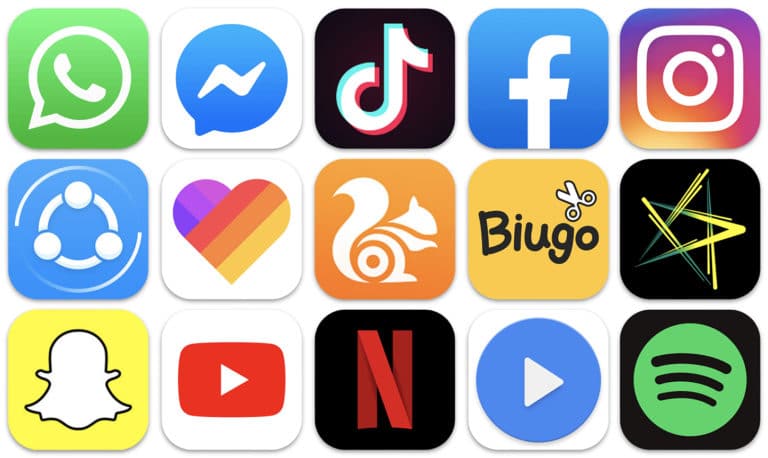
Data Point of the Week (DPW) is AR Insider’s dive into the latest spatial computing figures. It includes data points, along with narrative insights and takeaways. For an indexed collection of data and reports, subscribe to ARtillery Pro.
It’s no secret that mobile AR is where the scale is today, given 2.6 billion global smartphones, 1.1 billion of which are compatible with ARCore and ARkit. That last part is where everyone gets hung up, but apps likely won’t be the predominant vessel for AR, for lots of reasons.
That leads to the discussion of Web AR, which is important for several reasons we’ve examined, but that’s the topic of a different post. Somewhere between AR apps and web AR is AR-as-a-feature. And this will be a robust modality because it can offer the best of both worlds.
If its name isn’t obvious, this is when apps include AR functionality as an added benefit to whatever the primary function is. Benefits include meeting users halfway by letting AR piggyback on existing apps… especially when the given app is already a popular one, a la Snapchat.

And it’s already working. Snapchat AR Lenses — the poster child of AR-as-a-feature — have 130 million daily active users. Competing AR lenses from Facebook have been activated a billion times to date, and Pokemon Go brings various shades of AR to 65 million monthly users.
We already knew many of these stats individually but it helps to bring them all together in this light. Supporting them is new data from Sensor Tower that shows the top mobile app downloads in Q1. What struck us when looking at the list is that four of the top five feature AR.
As shown below (emphasis ours) they include Messenger, Tik Tok, Facebook and Instagram. Each feature AR lenses in social contexts, including the newest converts and AR sleeping giants, Instagram and TikTok. And nine of the top ten include AR, considering Snapchat.

This is a strong confidence signal for AR. Though the go-to stat is the “over one billion AR compatible devices,” these AR-as-a-feature indications are more impactful. If AR is to reach the penetration levels we’ve projected, this is the type of delivery system that’s required.
Of course, the business models behind these AR integrations are still being developed, but several are already bearing fruit. As we examined last week, that includes a quickly growing revenue opportunity in mobile advertising, as well as in-app purchases in AR gaming.
Meanwhile, usage is the first step and is well on the way per the aforementioned figures from Facebook, Snap and Niantic. And AR should continue growing if delivered alongside 80 percent of the top mobile apps on the planet. We’ll keep watching to see what the real impact will be.
For deeper XR data and intelligence, join ARtillery PRO and subscribe to the free AR Insider Weekly newsletter.
Disclosure: AR Insider has no financial stake in the companies mentioned in this post, nor received payment for its production. Disclosure and ethics policy can be seen here.
Header Image Credit: Sensor Tower
